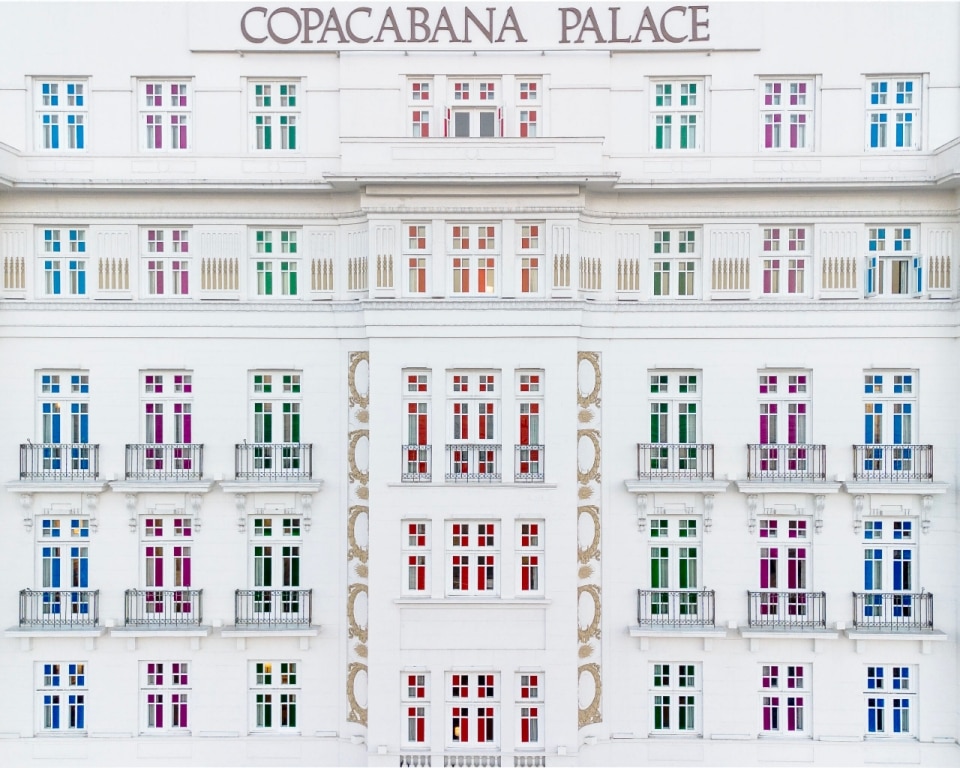Perhaps for Wes Anderson himself, becoming one with the codified and unmistakable aesthetic that made him famous has taken on the unnerving shape of an artistic trap. Yet it's impossible to deny that his symmetrical compositions, narrative mechanics, and retro-tinged visuals continue—whether the director likes it or not—to exert a lasting influence on the worlds of design, fashion, pop culture, and, not least, social media.
In an era of viral reproducibility and rampant imitation, a project like Accidentally Wes Anderson, born as an Instagram account in 2017 by Wally Koval to spotlight real-world places that look like they were plucked from one of Anderson’s films, was destined to capture the enthusiasm of millions. These are fans of a sugary, eccentric sensibility, drawn to a visual world thick with references and surreal atmospheres.
But the digital realm, eventually, proved too small. “Accidentally Wes Anderson” made the leap into the physical world—first as a book, and then as a traveling exhibition. After stops in Seoul, London, Tokyo, Melbourne, and Los Angeles, the show—curated by Wally and Amanda Koval—has finally landed in Hong Kong, spread across two venues: The Mills in Tsuen Wan, and its twin exhibition at Airside in Kai Tak.
Divided into thematic sections, the show presents more than one hundred photographs collected over the years by urban explorers and vacationers with a trained eye for the world’s accidental symmetry. Abandoned phone booths, forgotten railway stations, peanut-butter-colored doors, pastel-hued pools, and façades with drawn-like edges are displayed with meticulous attention to detail, following a curatorial approach that feels thoroughly aligned with Anderson's aesthetics. A clever excuse, in short, to experience that subtle sense of “Andersonian” disorientation - this time, drawn not from the imagination, but from the unexpected poetry of the real world.
Opening image: Copacabana Palace Hotel, Rio de Janeiro, Brazil, 1923. Photo Tiago Petrik, Accidentally Wes Anderson.


